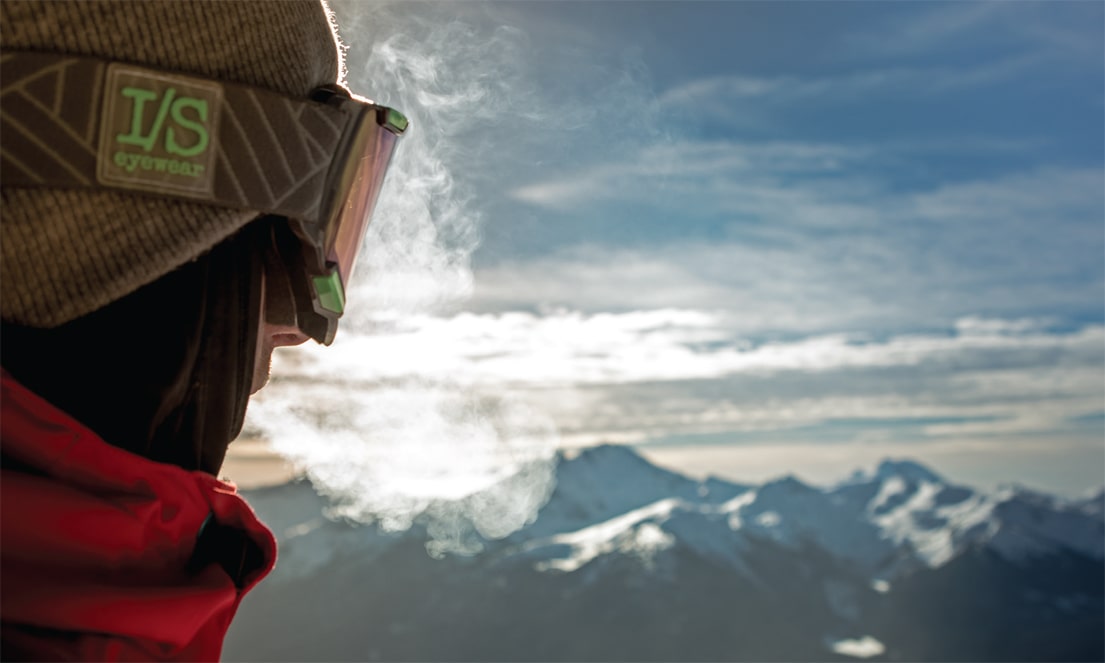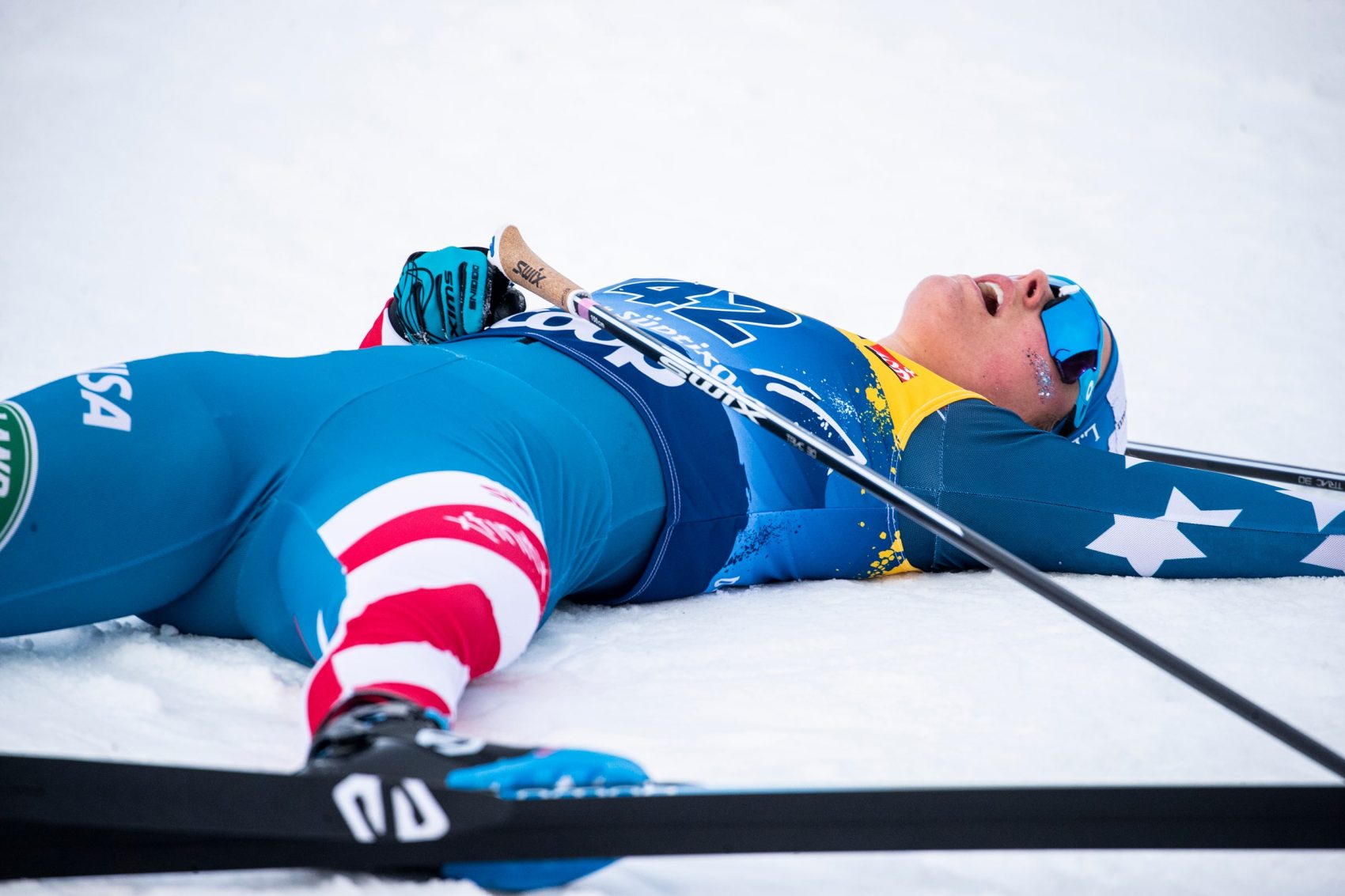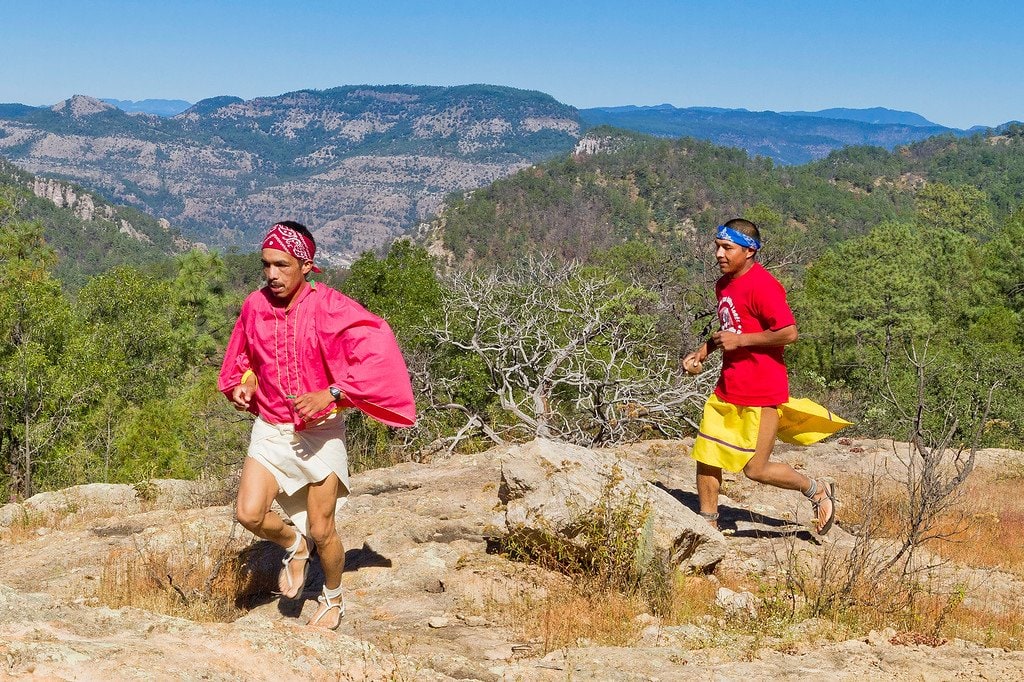
Breathing provides the body and mind the oxygen it needs to function. We can live for some days without water and several weeks without food, but only a few minutes without oxygen. And even so, how often do you pay attention to your breathing.
Breathing is the priority and vital function for the survival of every living being, and also for our sports performance. We breathe around 25,000 times a day, in a process that has two stages, the inspiration of oxygen and the expiration of carbon dioxide.
Athletes continually try to perform better and break records with their athletic abilities. What if small changes in how an athlete breathes could support greater athletic performance?

Breathing is something that can be trained like other muscle movements. During exercise, we must adapt our breathing to the amount of oxygen our body needs to continuously provide the muscles with the proper level to perform at their best.
Experts are learning that breathing through the mouth may not be as effective as breathing through the nose. When air enters the nose it is filtered by its villi, which is the first physiological barrier against bacteria and foreign bodies. The air then enters the nostrils, where it will warm, humidify, and filter a second time.
Breathing through the nose has a thermoregulatory effect on the brain, controls pH, manages the endocrine and metabolic reactions, and regulates sleep and wakefulness. In addition, the air is enriched by nitric oxide, which favors the fixation of oxygen in red blood cells. If you breathe in through your mouth, all these possibilities for body balance are lost.

Breathing through the mouth induces over-breathing. Mouth breathing is a risk factor in the development of asthma, in addition to impairing aerobic and cognitive capacity, further interfering with the correct activation of the diaphragm.
Some effects of breathing through the mouth are fatigue and redness of the face, as a consequence of an increase in the concentration of CO2. It can also produce dryness and a decrease in salivary pH, leading to more cavities and worse general oral health.
Breathing through the mount only becomes necessary when you have nasal congestion due to allergies or a cold. As well, when you are exercising strenuously, mouth breathing can help get oxygen to your muscles faster. Even so, breathing through the mouth all the time, including when you’re sleeping, can lead to significant problems.

We have to be aware of our breathing. Notice what is happening with the breath as well as what it feels like to pay attention to the breath. Close the mouth, relax the tongue and the jaw, and start by simply nasal breathing during warm-ups and cool-downs with workouts. Then try experiencing daily life while breathing through the nose.
Once you have your groove and are consistently nasal breathing check for potential differences in these areas. Whether it’s working with your emotions, improving your sports performance condition, or helping your immune system against airborne pathogens.
The more you can breathe through your nose when training, the better your performance will be. At maximum efforts, you will feel the need to open your mouth but try to avoid it. According to a study, there is no loss of power or performance when breathing only through the nose. If you don’t believe me, ask the Tarahumuras, the famous ultra-distance runners, immortalized in Born to Run, who always breathe through their noses.